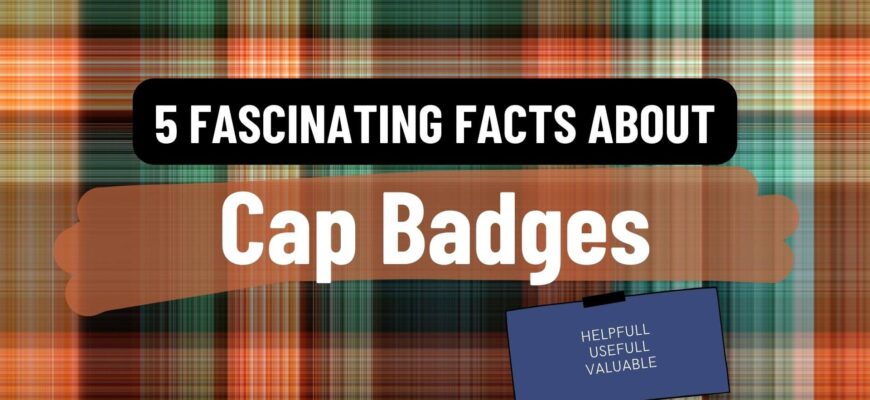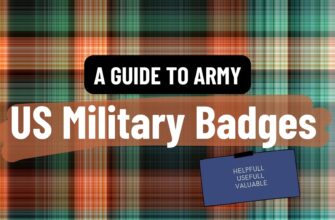Cap badges have been an essential part of military uniforms for centuries, representing the unique identity and history of different military units. Whether you’re a collector or an active-duty service member, understanding the design, symbolism, and history behind cap badges can provide a deeper appreciation for these important military artifacts. In this article, we’ll explore five fascinating facts about cap badges, from their iconic designs to proper display techniques.
10 of the Most Iconic Cap Badges in Military History
From the British Army’s “Para Wings” to the US Marine Corps’ “Eagle, Globe, and Anchor,” cap badges have played an integral role in military identity and tradition. In this section, we’ll explore 10 of the most iconic cap badges in military history, examining their unique designs, history, and symbolism.
How to Properly Wear and Display Your Cap Badge
Whether you’re an active-duty service member or a collector, knowing how to properly wear and display your cap badge is essential. In this section, we’ll discuss the proper placement and orientation of cap badges on different types of military headgear, as well as best practices for displaying and storing your cap badge collection.
The Symbolism Behind Common Cap Badge Designs
Many cap badges feature unique designs and symbols that represent the history and identity of different military units. In this section, we’ll explore the symbolism behind common cap badge designs, including the use of animals, plants, and other visual elements to convey meaning and significance.
The History and Evolution of Cap Badges in Military Organizations
Cap badges have a rich history that dates back centuries, evolving alongside changes in military strategy, technology, and culture. In this section, we’ll take a closer look at the history and evolution of cap badges in different military organizations, tracing their origins from early regiments to modern-day military units.
- US Navy: The US Navy’s cap badges feature a fouled anchor design, symbolizing the Navy’s ties to the sea and its mission of protecting US maritime interests. The eagle perched atop the anchor represents the Navy’s air power capabilities, while the thirteen stars surrounding the anchor signify the original thirteen colonies of the United States.
- US Marine Corps: The US Marine Corps’ cap badge features the Eagle, Globe, and Anchor design, which symbolizes the Marines’ commitment to service on land, sea, and air. The eagle represents the Corps’ air power capabilities, the globe represents the Marines’ global reach and service to the nation, and the anchor represents the Corps’ naval heritage.
- US Air Force: The US Air Force’s cap badge features the Hap Arnold wings design, named after General Henry “Hap” Arnold, the founder of the Air Force. The wings represent the Air Force’s aerial capabilities and its mission of controlling the skies, while the star in the center represents the Air Force’s role as a component of the US Armed Forces.
Where to Buy Authentic and High-Quality Cap Badges for Collectors and Enthusiasts
For collectors and enthusiasts, finding authentic and high-quality cap badges can be a challenge. In this section, we’ll provide tips and recommendations for where to buy cap badges online, including reputable dealers, auction sites, and military surplus stores.
In conclusion, cap badges are a fascinating and important aspect of military history and tradition, representing the unique identity and heritage of different military units. Whether you’re a collector or an active-duty service member, understanding the design, symbolism, and history behind cap badges can provide a deeper appreciation for these important military artifacts.








